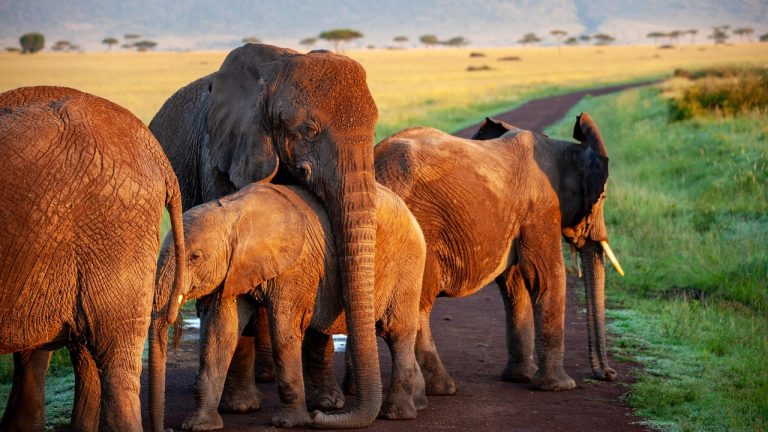Exploring Social Behavior in Primates: Insights into Their Complex Social Structures
Introduction
When we think about the animal kingdom, few creatures exhibit social behaviors as complex and riveting as primates. Understanding the intricate social structures of our closest evolutionary relatives not only sheds light on their survival strategies and evolutionary success but also offers profound insights into human social evolution. In this article, we delve into the realm of primate sociology, exploring social behavior in primates and gaining insights into their complex social structures.
The Social World of Primates
Primatology, the scientific study of primates, has shown us how diverse these creatures are in terms of habitat, size, and social behaviors. From the troop dynamics of baboons to the solitary nature of orangutans, every primate species offers a unique window into the evolutionary paths that social structures can take.
Community and Hierarchy
One of the defining features of many primate social structures is their hierarchy. For instance, baboons live in highly stratified societies where each individual knows its place. This social stratification plays a critical role in reducing conflict within the group, as the rules and rankings are clear to all members. Similarly, exploring social behavior in gorillas reveals a structured hierarchy led by a dominant silverback, who makes decisions for the group and provides protection.
In many primate groups, such as macaques and chimpanzees, social ranking can influence reproductive success, access to food, and even grooming partners. Understanding these hierarchies provides fascinating insights into their complex social structures and daily interactions.
Social Learning and Culture
Another aspect where exploring social behavior in primates fascinates is in the domain of social learning and the transmission of culture. Yes, primates have cultures! For example, different troops of chimpanzees use tools in varied ways, and these practices are passed down through generations, much like human traditions. Young chimpanzees learn from older members of the group which tools are best for foraging specific types of food, highlighting the importance of social learning in their survival and continuity.
Altruism and Cooperation
Cooperation is another compelling area when studying the social behavior of primates. Despite the competitiveness within many primate societies, instances of altruism and cooperative behaviors are frequent. Primates often engage in grooming each other, which helps in building and maintaining alliances and has a calming effect on the group. In times of danger, many primates exhibit protective behaviors not just towards their offspring but across the group, thereby ensuring collective security.
Such actions mirror human behaviors, providing insights into the evolutionary underpinnings of our social acts and the benefits of societal living.
FAQs About Exploring Social Behavior in Primates
Q1: Why do primates live in social groups?
A1: Primates live in social groups primarily for collective security against predators, to improve their reproductive success, and to enhance their ability to gather resources such as food and shelter.
Q2: How do primates communicate with one another?
A2: Communication in primates involves a complex mix of vocalizations, body language, facial expressions, and grooming behaviors. These communications play crucial roles in maintaining social structures and expressing emotions or intentions.
Q3: Can studying primate social behavior help in understanding human social evolution?
A3: Absolutely. Since primates are our closest living relatives, understanding their social behaviors and structures can provide valuable insights into the social mechanisms and evolutionary pathways that might have shaped human society.
Q4: Are there any primate species that are solitary?
A4: Yes, not all primates live in intricate social groups. For instance, orangutans are largely solitary creatures, primarily coming together for mating and occasionally sharing resources during abundant fruit seasons.
Conclusion
Exploring social behavior in primates unlocks a fascinating perspective on the complexity of animal societies. These insights into their complex social structures not only enhance our understanding of primate ecology and behavior but also invite us to reflect on the social roots of humanity itself. By studying these remarkable animals, researchers continue to uncover the layers of sociality that define primates, offering invaluable lessons about cooperation, communication, and survival in the natural world.
Primatology not only fascinates with its immediate findings but also builds bridges to understanding the broader biological templates that influence social structures. As we continue to explore and study these incredible creatures, we not only gain knowledge about them but also about the very essence of social existence itself.



